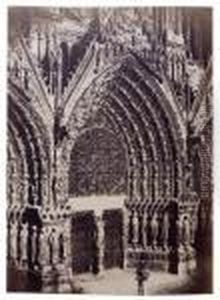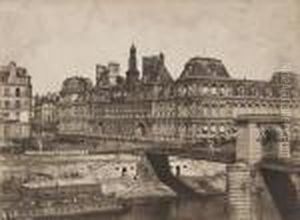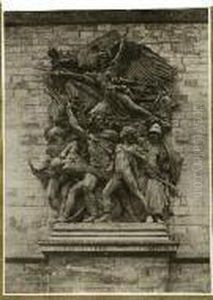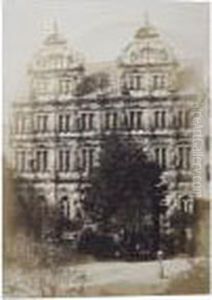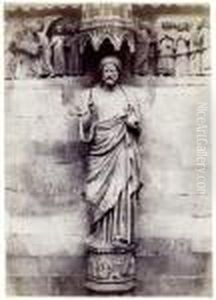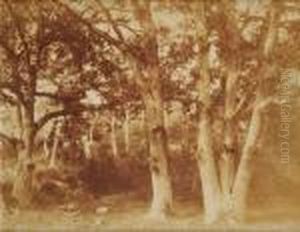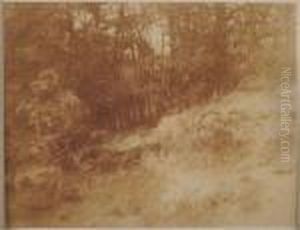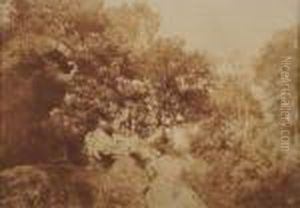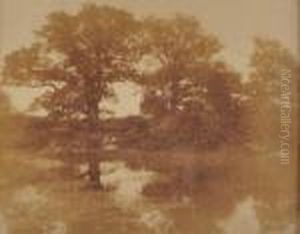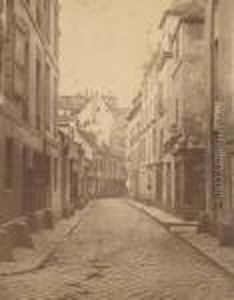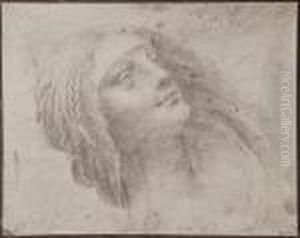Charles Marville Paintings
Charles Marville, born Charles François Bossu in 1813 in Paris, France, was a noted French photographer of the 19th century, who is most famously known for documenting the transformation of Paris during the Second Empire under Napoleon III. Initially, Marville started his artistic career as an illustrator and painter before transitioning to photography in the 1850s.
Marville's work as a photographer gained significant recognition when he was appointed as the official photographer of the city of Paris by the Baron Haussmann, who was tasked with the extensive renovation of the city. This large-scale urban renewal project, known as Haussmannization, involved the demolition of medieval neighborhoods that were deemed overcrowded and unsanitary, and their replacement with wide avenues, parks, and monumental buildings.
During the Haussmannization period, Marville was commissioned to document the old Parisian quarters before they were razed, and to photograph the new streets and modernizations as they were constructed. His photographs are an invaluable record of the city's historical architecture, streetscapes, and urban environment prior to the sweeping changes. They capture the essence of Parisian life in the mid-19th century and serve as a powerful visual document of the city's past.
Marville's photographic technique was characterized by meticulous attention to detail, composition, and an ability to convey the texture and atmosphere of his subjects. He worked primarily with paper negatives, also known as calotypes, and later with wet collodion glass plate negatives, which allowed for greater precision and clarity.
His legacy includes a vast collection of images that provide insight into the everyday life of Parisians during the period, as well as the stark transformation of the city's landscape. Marville's work has been exhibited in numerous galleries and museums, and he is considered a pioneer in the field of urban photography.
Charles Marville died in 1879, but his contribution to the visual documentation of urban transformation and his mastery of early photographic processes have cemented his place as a significant figure in the history of photography.
